Dark Sky Project
Home to some of the world’s darkest skies, this project blends ancient Māori culture with world-class astro tourism.
The Dark Sky Project (formerly known as Earth and Sky) offers a fully guided, multimedia indoor astronomy experience on the Tekapo lakefront in New Zealand. The 1140-square-meter building gives visitors a 45-minute daytime astronomical experience that combines Māori (the indigenous Polynesian people of New Zealand) heritage with modern-day scientific discovery.
For the Māori, the sky was used as a sacred roadmap to mark not only time and place, but also the natural flow of Earth cycles, including fishing and harvesting seasons, and even to gauge when accidents or death might fall upon members of their communities. The Māori people currently make up around 14 percent of New Zealand’s population.
The building that houses the Dark Sky Project was named after Rehua, the eldest child of the Māori gods and an important star where knowledge is believed to come from. It’s also the Māori name for the road to Tekapo, Te Ara o Rehua, also known as the starlight highway.
The first of its kind in the world, the Dark Sky Project blends research from the University of Canterbury at the Mt John Observatory with tātai aroraki (Māori astronomy). The initiative worked closely with the Māori, the University of Canterbury, and Professor Rangi Mātāmua, an expert in Māori astronomy. As part of the Aoraki Mackenzie International Dark Sky Reserve, the location is one of the darkest—and quietest—spots on the planet, offering visitors a phenomenal view of the mysterious wonders of the Southern skies.
For its new indoor Dark Sky Experience, the tour begins over 13.8 billion years ago with the Big Bang and uses tātai aroraki (Māori astronomy) to anchor the sensory adventure. For its stargazing experiences, the reserve has one of the world’s busiest night skies, where guests can catch glimpses of shooting stars and distant planets. At Te Tahitaha o Te Raki (also known as the Earth’s edge), thousands of visitors soak up spectacular views of the Milky Way each year. Unlike most places around the world affected by light pollution, this location preserves the night sky and advocates for minimal light pollution. There’s also a “giant purpose-built crater” observatory for private viewing experiences of the Southern skies, complete with powerful optical telescopes.
“Experiencing a truly dark night sky can inspire a sense of awe and wonder about our place in the universe—this is what motivates us both as researchers and as human beings,” says Associate Professor Karen Pollard of University of Canterbury (UC).
Know Before You Go
The Dark Sky Project recommends booking tickets in advance “to avoid disappointment,” so be sure to check out their website before embarking on your journey. The tours are also provided in English, Japanese, and Chinese and depart at every hour in each language.


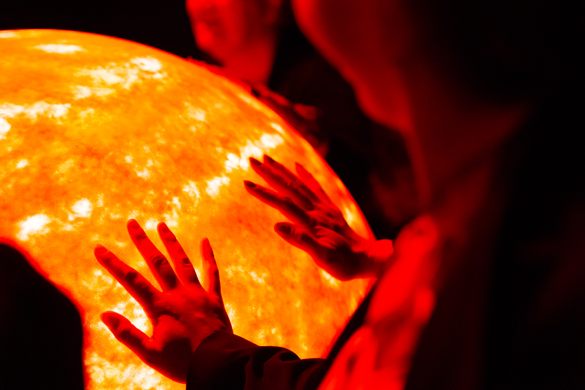
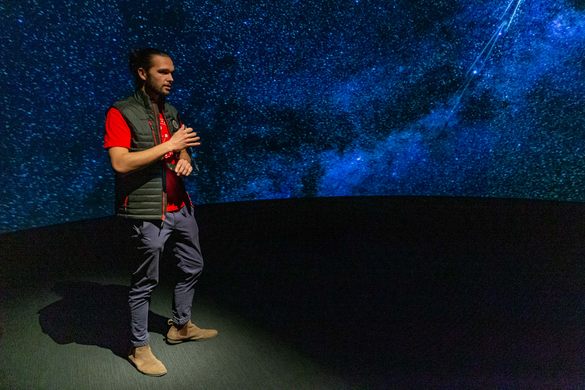
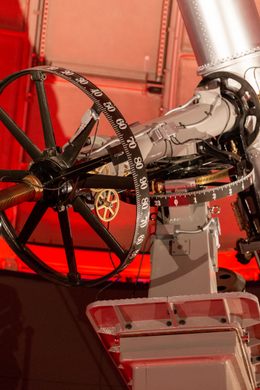







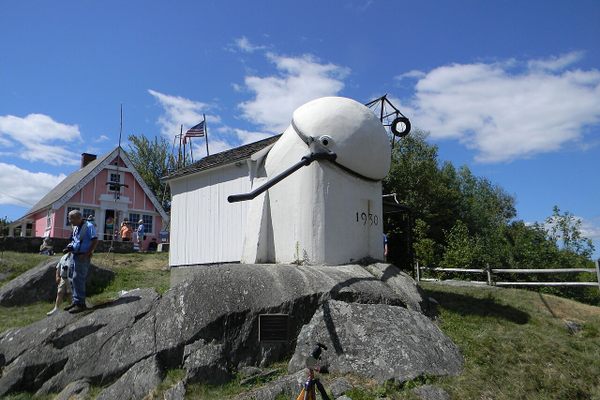
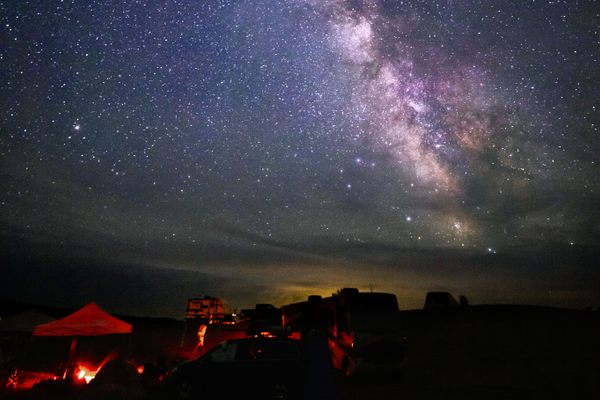
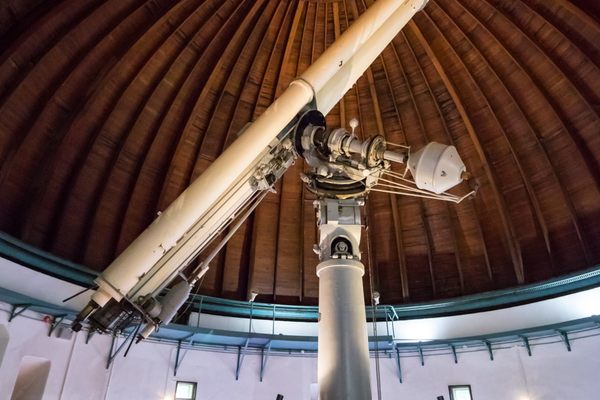
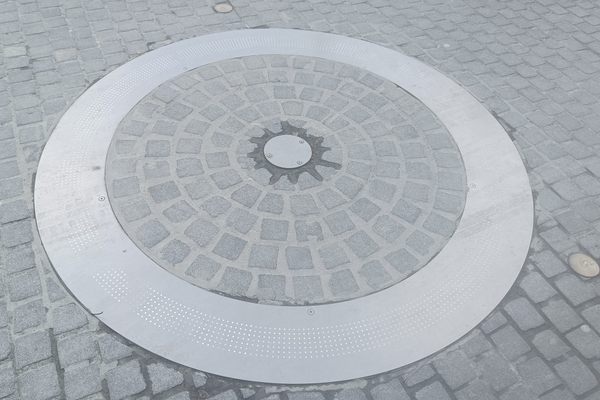

Follow us on Twitter to get the latest on the world's hidden wonders.
Like us on Facebook to get the latest on the world's hidden wonders.
Follow us on Twitter Like us on Facebook